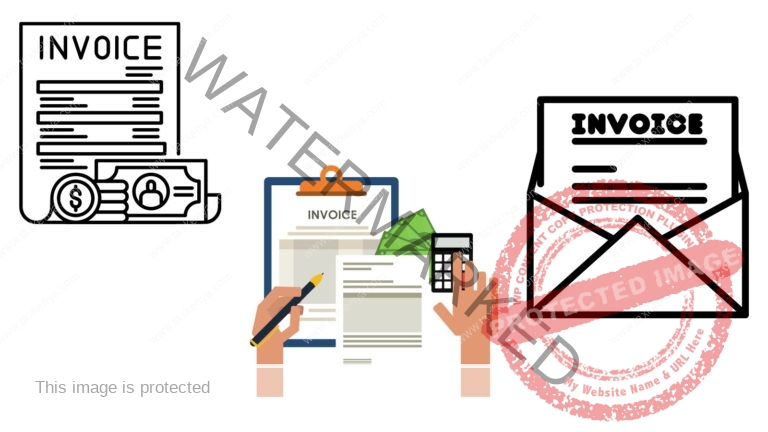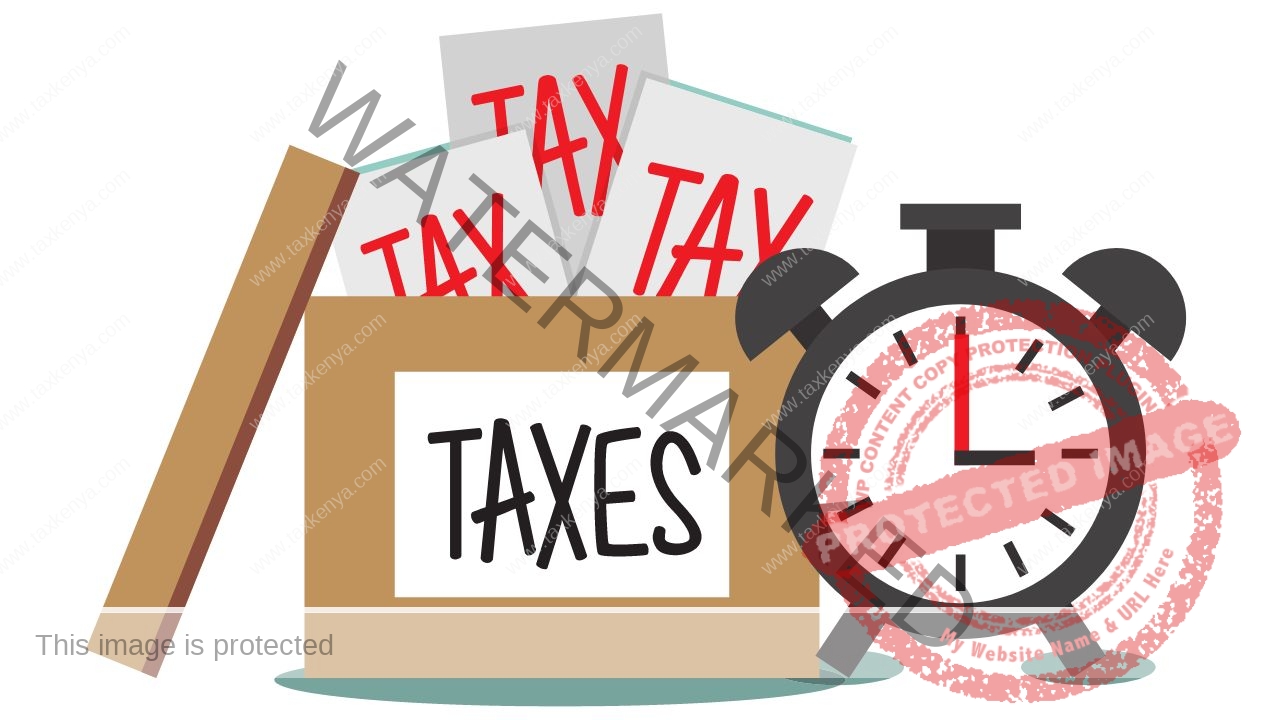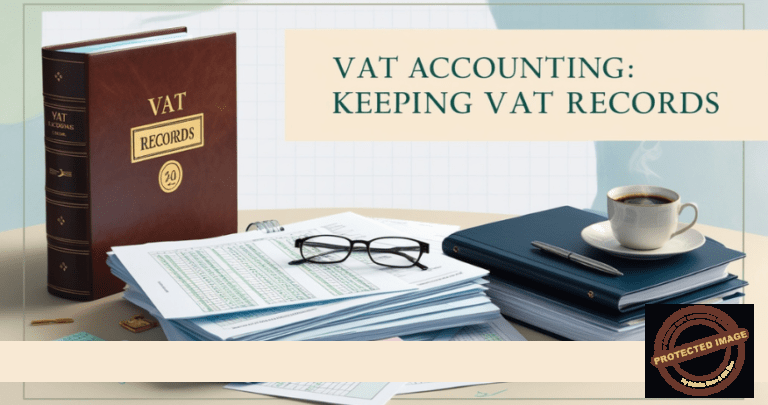Deferred tax liabilities are often income tax liabilities. Sometimes they are recognised, while other times, they are de-recognized.
But what is a differed income tax liability? A deferred income tax liability is a tax liability that the company expects to pay in the future due to differences between its taxable income in the year of income and the accounting earnings before taxation according to its financial statements.
By deferring tax liability, the company is acknowledging that there is a possibility that the tax liability will be payable in the future.
How Deferred Income Liability Occurs
The tax liability results from transactions that have taken place in the current year. However, for various reasons, tax is not paid in the current but may be paid in the future. That is, the effects will be borne in the future.
The deferred income tax liability situation results from temporarily taxable variances between the reported amount in a year of income of an asset or a liability in the statement of financial position for the year of income and the basis of tax which is the number of assets or liability for taxation purposes.
The temporary variances between the financial statement values and the taxation values of the asset or liability will result in deferred tax liability, which is recognised only in cases where there is a high probability that the tax liability payment will likely occur.
Since the variances are due to different requirements for financial reporting and tax laws, there are three primary sources of the variances that result in deferred income tax liabilities:
- Differences in recognising revenues.
- Differences in valuing inventories.
- Differences in depreciating fixed assets.

Differences in Recognizing Revenues
The differences in recognising revenues arise due to differences between the date of sale and receipt of payment. This difference arises especially when the payments are received over several years of income. In Kenya, taxes are on an accrual basis. This means that tax is payable on receipt of the payment or recognition that payment is expected.
For example:
Kirui is in the business of selling second-hand vehicles. He normally extends credit to his customers for three years and requires that the customers pay in three yearly equal instalments.
In January 2015, Musau bought a vehicle from Kirui worth kshs 3,000,000. He was expected to pay the debt in three equal instalments: kshs 3,000,000/3 = kshs 1,000,000 per year. Kirui was making kshs 300,000 net profit from the sale of the vehicle. The tax rate is 30%.
In the first year of income, Kirui will pay tax on the kshs 100,000 received and recognise kshs 200,000 x 30% = kshs 60,000 as the deferred income tax in his financial statements. Eventually, he will pay the tax as he receives the money.
Differences in Valuing Inventories
There are two methods of valuing inventories for financial reporting purposes. The first method is first-in-first-out (FIFO), where the stock received first is sold first, and the stock received last is sold last.
The second method is last-in-first-out (LIFO), where the stock received last is sold first, and the stock received first is sold last. The stocks received may have different prices because of the time-lapse.
Deferred income tax liabilities will result in companies selling slow-moving products over a long period that cross over years of income. In companies where the price fluctuations are very volatile.
The slow stock movements and fluctuating prices will result in differences in inventory valuation in the financial reports and tax records. This may result in deferred income tax liabilities.
Example:
Jane is a maize seller, and by the end of the financial year 2016, she had in stock 20,000 bags of maize which she had bought at kshs 3,000 per bag. In 2017, she purchased 30,000 bags of maize at the cost of kshs 3,300. During the year 2017, she sold 20,000 bags of maize.
If Jane sells under FIFO, the cost of the sales will be kshs 3,000 x 20,000 = kshs 60,000,000, while under LIFO, the cost would be kshs 3,300 x 20,000 = kshs 66,000,000.
The temporary difference is kshs 66,000,000 less kshs 60,000,000 = kshs 6,000,000 which will result in deferred income tax at the tax rate of kshs 6,000,000 x 30% = kshs 2,000,000.D

Differences in Depreciating Fixed Assets
Differences in the depreciating of fixed assets arise due to tax laws in a country allowing accelerated cost recovery for depreciating asset purposes. However, in the meantime, the companies may use the straight-line depreciation method in their financial reporting for their purposes.
Example:
Kamau bought a machine for kshs 100,000, whose value he expects to exhaust in five years. Hence, the depreciating rate of the machine by Kamau is at the rate of 20 % (100/5), which is a straight line.
According to Kamau, the machine will lose kshs 100,000/5 = kshs 20,000 each five years. Effectively, this means that the depreciating rate of the machine by Kamau is at the rate of 20% on a straight-line basis.
However, assuming that according to the income tax in Kenya, machines are allowed to be depreciated at an accelerated depreciation rate of 25% which is also a straight line, the value of the machine would be exhausted in 4 years kshs 100,000 x 20%.
According to the tax rules, Kamau’s machine’s value will be exhausted by the fourth year since for each income year, Kamau will recover the kshs 25,000 value of the machine.
There is a depreciation difference between the depreciation according to Kamau and according to the tax laws. Since, according to the tax laws, the value of the machine will be exhausted in the fourth year, Kamau will not be able to recover the depreciation cost in the fifth year.
Kamau will be left with kshs 20,000 to contend with. This will result in income tax amounting to kshs 30% x kshs 20,000 = kshs 6,000. For each of the four years, Kamau will record kshs 20,000/4 x 30% = kshs 1,500 as the deferred income tax liability in the year reported in the financial records.
Differed Taxes as Equity
It is important to note that deferred taxes are not only liabilities. They can also be equity. This is especially in cases where companies use accelerated depreciation for taxation purposes but not for financial reporting. In this case, the deferred tax liability is an asset since the tax is paid in advance, and this will reduce future taxes payable. The company will already have prepaid the taxes on book income.
Derecognising Deferred Tax
Only those deferred taxes likely to be paid in the future are recognised; however, when the company realises that the likelihood of paying the taxes in the future is diminished and thus inaccurate, the company will, in most cases, cancel the tax deferment and report for tax purposes.
The company can write down to correct previous financial statements as long as the de-recognition of the tax liability will create accurate material changes in the profit and loss account.
Grab a FREE book






